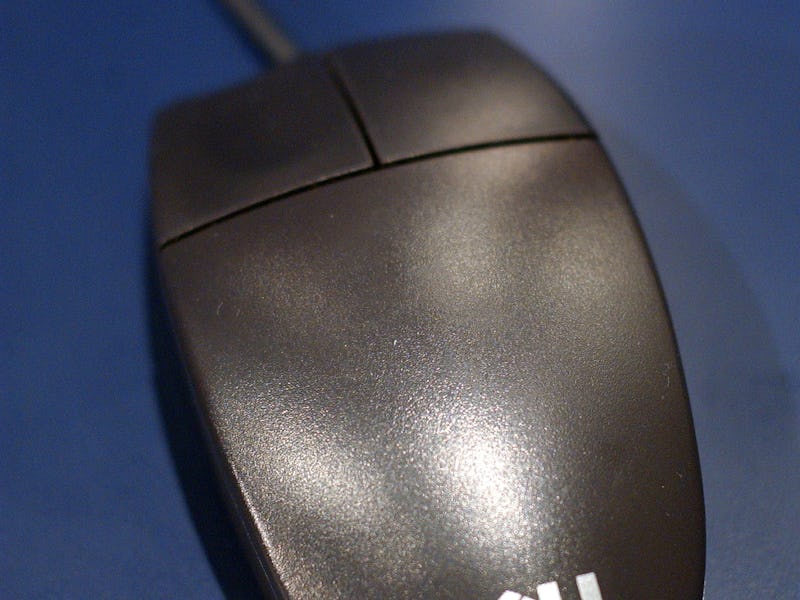35 Years of the Computer Mouse: A World-Changing Invention, Now on Its Last Leg
In the same year that President Reagan and Indiana Jones had their debuts, computing changed forever.

On this day, 35 years ago, Xerox released the first commercially available computer intended for use with a mouse. The Star, as it was called, wasn’t a particularly big success, but Xerox’s work inspired Bill Gates and Steve Jobs to change the world forever with the launches of Windows and Mac.
In many ways, though, the world has moved on from the humble mouse. The iPad has given laptops a run for their money, with many carrying around tablets for on-the-go computing. The mouse, plugged into a bulky desktop computer, feels almost archaic. More and more, web surfers today are being asked to “tap here,” with “click here” becoming less common vernacular. In fact, the “cursor,” according to Google Trends, is altogether something you hear less about these day.
The mouse was first revealed to the world in 1968. On December 8, Dr. Douglas C. Engelbart took to the stage at the Fall Joint Computer Conference in San Francisco and demonstrated a computer mouse, the first time ever in public.
In time, the 90-minute demonstration would come to be known as “the mother of all demos.” Engelbart didn’t just demonstrate the mouse, but laid the foundations for almost every aspect of modern computing, by showing advanced features like document collaboration and video conferencing all working as part of a single system.
The first computer to use a mouse was the Xerox Alto, launched in 1973, but it was never sold commercially. Xerox’s Star had its commercial launch eight years later. On January 24, 1984, Steve Jobs introduced the Mac, which took the ideas the Star pioneered and brought them to a mass market audience. When Windows 95 launched on August 24, it brought the idea of an advanced, mouse-powered graphical interface to a wider, PC-owning audience.
A new generation of computer users are now rejecting the mouse, however, in favor of touchscreen smartphones. A Pew Research survey found that 97 percent of 18-29 year olds had used their smartphone to access the internet in the week surveyed. That figure dropped to 80 percent for the 50+ age range.
These days, the mouse may be on its last legs, replaced by trackpads, touchscreens, and even hand gestures, but its legacy endures. At the launch of the iPhone, Apple listed the Mac’s mouse-based interface as one of its great interface achievements, alongside the iPod’s click wheel and the iPhone’s multi-touch screen.
The Apple mouse, through the years.
It’s hard to imagine a world where the mouse had never existed. Even though it’s been largely replaced, it made computing several orders of magnitude more accessible, creating an easy way to manipulate information on a screen. Without it, we may have endured convoluted keyboard commands for years, greatly hindering the process of bringing the PC into homes everywhere. The mouse revolutionized computer interfaces, simplified an otherwise scary machine, and helped connect the world.